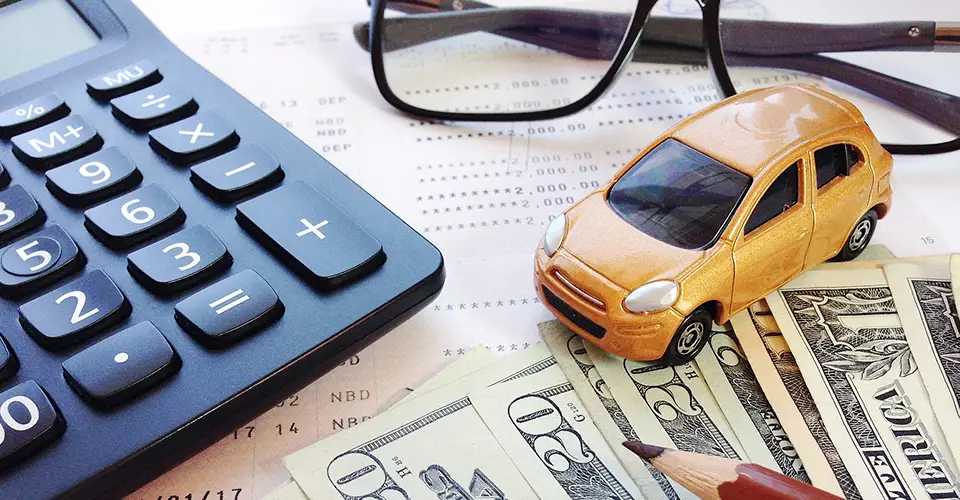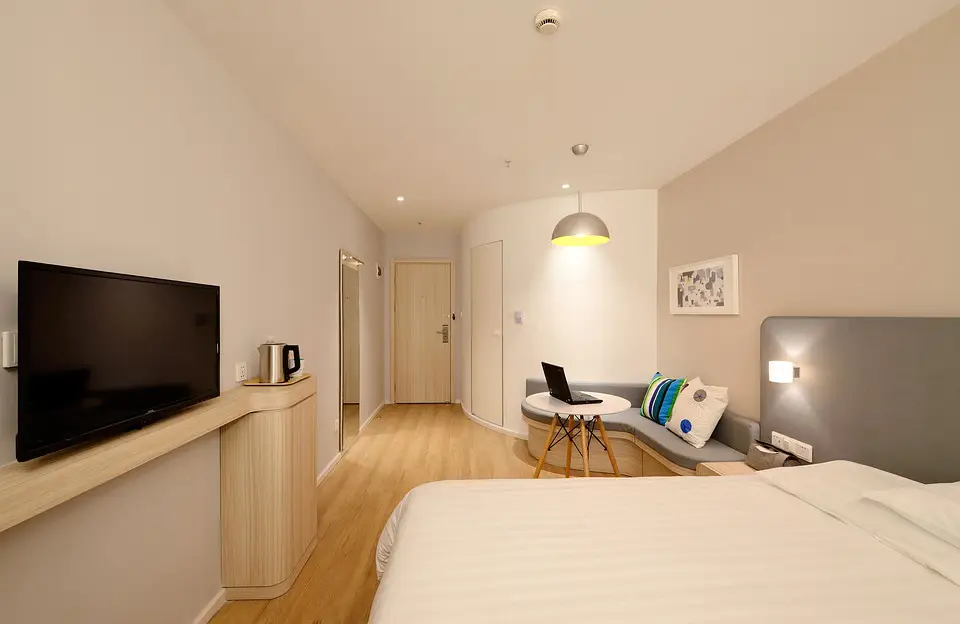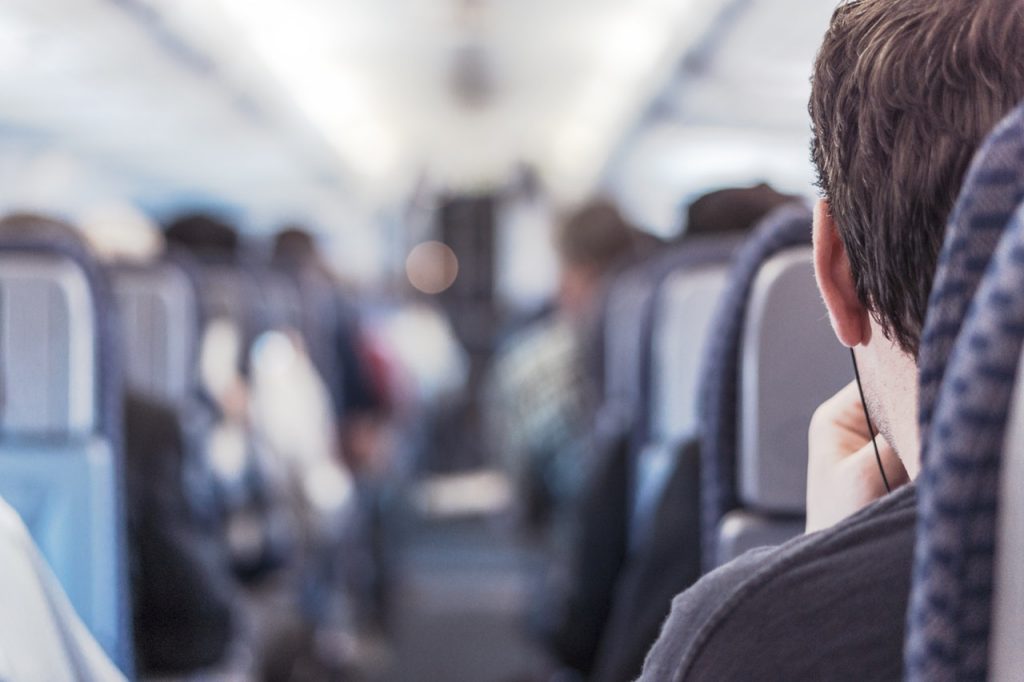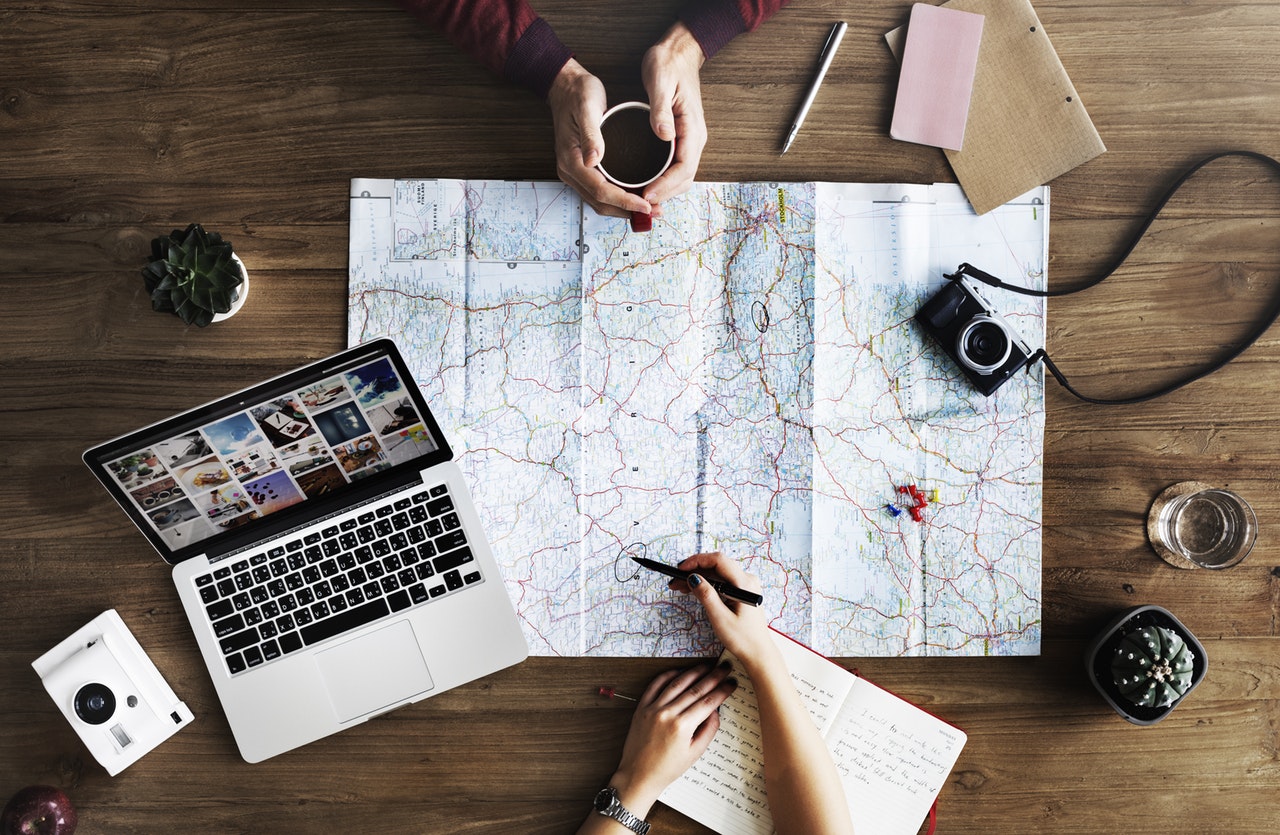If you are a millennial like myself, then you already know that we are a different breed compared to previous generations. We are a generation that is always after making memories, seeking adventures, visiting new cities and always striving to live our lives doing what we love.
Well, to live up to this mantra, my fiance Kimberly and I recently took a cross country road trip across the United States of America. We traveled about 4,300 miles in about 90 hours from Washington, DC to San Francisco, California.
This was one of the best adventures I've ever experienced, and despite the time in the car, I would definitely do it again. If you'd like to know more details on the route we took, the places we saw, and my after-thoughts on this life-changing trip, continue reading!
In this specific post, however, I want to focus on the things that would have been useful to know before going on the trip! I will also provide you with an estimate of how much we spent, just so that you can have an idea.
I totally get that we can be spontaneous all we want, but sometimes it comes at the price of not being prepared and you may end up spending too much time figuring things out (which is not good when you have a limited amount of it). So in the sake of planning, I prepared this short guide with a few aspects to take into account if you, too, want to go on a long, extraordinary road-trip.
Disclaimer: I know that we all come from different backgrounds, financial situations, and have various priorities when it comes to expenditures. What I am saying is that you may have a different view on how to spend your money, and that's OK. You may have the idea of traveling cheap by renting a U-haul truck and sleep in it at night. This is my experience from my adventure and my tips to help yours be just as good or better! Do not feel constrained.
To make this a simple and easy-to-understand guide, I've divided it into two categories, essentials and non-essentials.
Essentials include things such as lodging, rental car (if you are traveling one-way), fuel, and food.
On the other hand, non-essentials will mainly entail entertainment (well, other non-essential things could be soap and shampoo, but I hope you at least know to take your toiletries with you whenever you travel).
Most importantly, however, the goal of this post is to get you prepared to have a good time and not have to worry about “could-have-been-avoided” type problems.
Our Essentials
1. Rental Car and Fuel:

Our trip was 15 days and we rented the car for 14. I have to say, however, that even though we paid a relatively large amount of money for the car, we were very glad we did because rentals are relatively new, so we never had any issues or got stranded.
After analyzing several options to save money, we were lucky enough to get a deal through CarRentals.com and we paid about 1000 USD for 14 days (this was not a bad deal compared to some other companies that tried to charge us at least 1800-2000 USD for the same car and time). Gas was about 500 USD but we saved by using gas apps.
Money-Saving Tip: You can also look at driving someone else's car for a cross country road trip, or rent an RV with many of your friends and split the cost. It will be cheaper the more people you take with you because you can split the cost! Also, don't forget to get rental car insurance.
2. Lodging:

This portion was tricky because we were trying to save a bit of money, but also be comfortable (which helps when you drive for long distances!)
What we decided to do was stay stay at both camp sites and hotels. We stayed at camp sites in Ohio/South Dakota, at a cabin in Wyoming, hotels in Wisconsin/California, and a friend’s house Utah.
The breakdown is something like this:
- Camping: We paid about 150 USD for five nights overall.
- Cabin: Since this one was cozy and comfortable, it was a bit pricey and we paid about 500 USD for five nights.
- Hotels/Hostels: The one night in Madison, WI cost us 100 USD/night and in San Francisco (the most expensive of them all), we paid about 300 USD/night for two nights.
- Overall, we spent about 1,020 USD in lodging.
Money Saving Tip: A good saving tool is to camp all the way and bring more people with you, so the lodging space can be divided. The more people, the less you will spend. Another, less comfortable, option is to sleep in your car (but you kind of need your rest to drive long distances, so pick your battles wisely!).
3. Food:

Food is relative for everyone because some people can literally go a day without eating. In our case, we like to eat a lot of food.
In order to save some money, we bought some groceries for the long stretches of the trip, but never shied away from eating at good, local restaurants overlooking a valley, or the harbor.
As far as numbers, we assumed to spend about 10 USD per meal per person, so about 80 dollars per person per day (the money we overspent in restaurants was pretty much offset by the days we bought groceries), so we approximately spent 1,200 USD for both on food (this seems like a lot, but we ate relatively well.
We ate in local spots, and relatively healthy food because it was important for us to keep our energy levels up!)
Money-Saving Tip: One way to save money here is by grocery shopping for all your meals, and eating fewer meals a day. Sandwiches go a long way, but you get tired of those very quickly. Another tip is to take the leftover food to go at the restaurants you visit, so you can have it in the car later that day.
4. Flight Back:

At the time, we paid 150 USD/person.
So a total for essentials, for two people it comes about 4,020 USD (for two people).
By now you might be thinking “Oh Lord, that is a lot of money! This is insane,” but if you can deal with that price, you are almost there! And honestly, the more people you take with you, the better because you can split the lodging, fuel, and rental expenses (if you happen to take one).
Nevertheless, the essentials are the largest part of the budget. The non-essentials are just mainly entertainment and souvenirs, so if you really are struggling, then you can adjust them as necessary.
But keep in mind that some landscapes and National Parks are just worth paying for! Not to mention the souvenirs that will make you reminisce every time you look at your Christmas tree, or your dinner table (Yes, we bought Christmas tree ornaments and drink coasters! Don't laugh).
Money-Saving Tip: You may be able to get better deals far enough in advance with the Hopper app or through credit card points by using the best credit cards for travel.
Our Non-Essentials A.K.A. Entertainment
This portion of the budget is very relative to what you want to get out of your trip, as there are options for everyone; nightlife, sightseeing, indoor/outdoor activities, etc. Some of our favorites, however, included visits to the National Parks (Badlands, Grand Teton, Yellowstone, and Lake Tahoe).
You can literally stay at these places for days and make whole trips out of each one of them because they just have that much to see!
They are massive marvels of nature. Other things to see and experience include museums, safari drive-through zoo, sightseeing tours, zip-lining, amusement parks, parks, and much, much more.
So I hope you didn’t get a heart attack by now and got caught up on the money, but rather the chances the memories that you could make and experience with someone or on your own.
A lot of times we get caught up in the details, the money, the logistics, the schedules, and blah, blah, but sometimes we just need to be able to pull the trigger and do it. This is exactly what we did here, and regardless of the money we spent, we will never regret it.
We will never look back and say “I wish I spent less money on the rental” or “I still wish I had slept in my car and saved myself one thousand bucks.”
Contrarily, we will look back and say “Oh my god, I remember hiking and being on top of Mount Washburn” or “I still remember the food we ate in Wyoming. That brunch we had there was amazing!” And this is exactly the point of this post. The insight on expenditures is secondary.
If you want some tips to make fast cash, check out this list:
- How to Make $35 Fast on PayPal Instantly
- Make $150 in a Week with These Ideas
- Realistic Ways to Make $250
- Make $350 Fast with These Apps
Miscellaneous Tips:
1. If you are renting, make sure you have insurance, or rent it with a credit card that offers insurance for the car! Insurance companies always try to add-on insurance coverage with your rental, but you most likely don't need it. Call your credit card company to triple check (I know Chase Sapphire Preferred credit card offers this benefit) Oh and, never, never ever rent a car with your bank/debit card.
2. Along with the tip above, if you are renting a car, some credit cards give you limits on the number of days you can rent a car before they stop your benefits! This is very, very important. My credit card stopped any benefits after 15 days! Luckily, my rental contract was only for 14 days, so I was good to go. This timeline also depends on where you are in the world. These benefits change if you are in Europe or somewhere else. If you have a Visa credit card, you can read up some further information here.
3. If you are camping, make sure your mattress will fit in your tent. As funny as it sounds, we bought a four-person tent and an inflatable Queen size mattress, that when we inflated, it basically almost ripped the tent apart because it was too big. Yes, I know. It was a rookie mistake.
Final Verdict
My goal is to give you a perspective on things you should consider for a trip of this magnitude and not scare you with the potential cost!
Remember, the money you spend can be recovered.
The time you spend thinking “what if” or “I wish” cannot be recovered, so let's go out there and make it happen!








